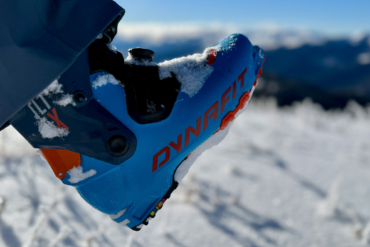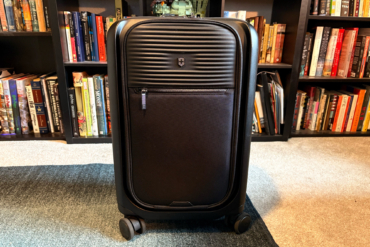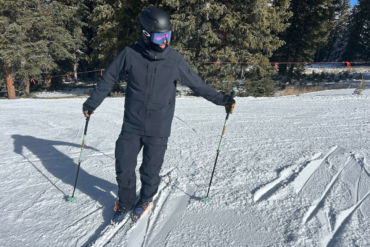Katy Willings is the event director and logistics maestra of the Ice Run and Mongol Derby. Her favorite gear is invariably leather or sheepskin.

“You, a crap antique Russian motorcycle, and the biggest frozen lake in the world.”
So begins the marketing copy for The Ice Run, one of the most bizarre adventures on the planet.
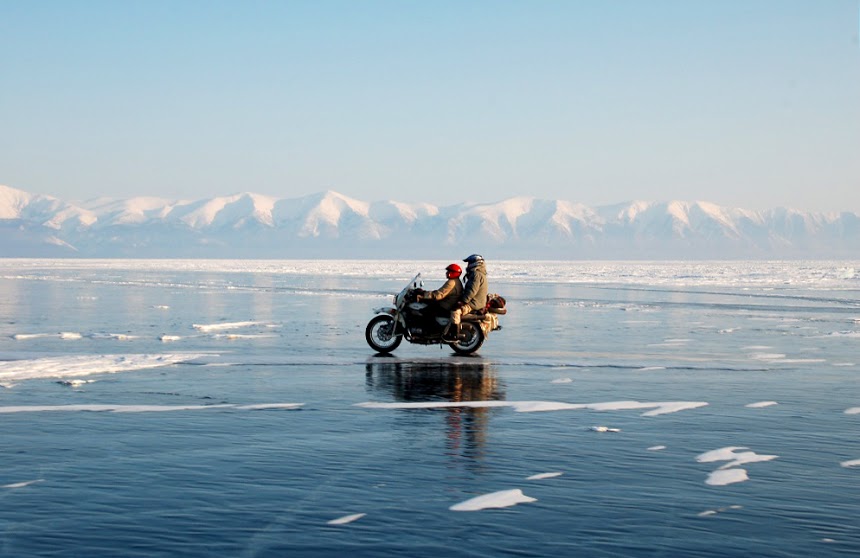
The Ice Run crosses about 1,200 miles over frozen Lake Baikal and Siberian backroads on a thoroughly unsuitable Soviet motorcycle and sidecar. Nine teams will launch into the fourth edition of the Ice Run on March 23. It will be the first time the event does a lap on Lake Baikal.

Teams navigate solo from start to finish, finding lodgings with oil workers, fishermen and school teachers in tiny rural settlements; or they camp solo on the outskirts of endless taiga forest or alongside fishing trawlers frozen into position until the summer thaw.

If crossing a vast expanse of frozen water and forest isn’t tough enough, the racers have to nurse notoriously temperamental Ural sidecar motorcycles along the course. While Ural has improved the bikes a little over the years, organizing group The Adventurists sought out a fleet of old Soviet-era bikes in various states of disrepair for the Ice Run just to make things interesting.

The oldest contender is a 1968 Model T. Most were minted in the 1980s, when build quality was reassuringly erratic. Sensational looking and enormously fun to ride, the Ice Run would be in danger of looking like a holiday if the Urals weren’t so endearingly unreliable.

This has made the Ice Run as much of a mechanical challenge as it is a cold weather challenge. This journey through the Arctic would be tough on a newly-built Japanese bike or even a 4×4.

Fuel freezes in the hoses, and the hoses themselves crack and splinter. Plastics lose their plasticity, electrical wiring becomes brittle and fragile, and batteries have to be warmed in boiling water or kept in a sleeping bag all night with the rider to have any hope of firing up in the morning.

Keeping the engine running and the body of the bike together as it rattles over great mogulfields and seas of ice is an art.
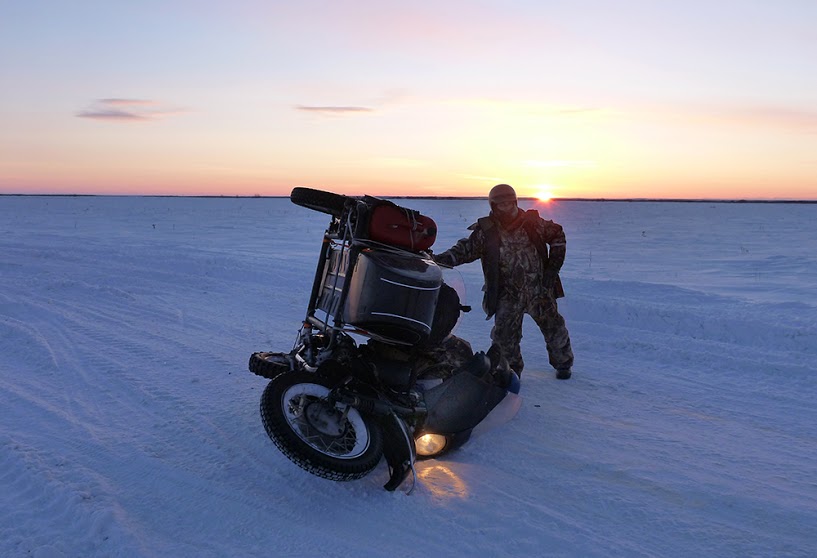
The Ural is designed to be balanced on three wheels, but fully loaded at speed on ice, a poorly judged right turn can flip the bike clean over, as plenty of teams have already demonstrated in previous years.

But when the going is good, it is sublime. Beetling along the freshly windsmoothed ice, 750cc engine thrumming, strongjawed teammate snuggled at your wing in the sidecar, the glorious Siberian nature breezes past in an experience few can match.

All the riders for this Pioneer’s Edition have been hand picked by The Adventurists for their mechanical know-how, riding experience, and survival skills. But even these well qualified racers stand a fair chance of failure. Just check out a bit of the race disclaimer below:
“Your chances of being seriously injured or dying as a result of taking part are high. Individuals who have taken part in the past have been permanently disfigured, seriously disabled or lost their life. These are not holidays. These are adventures and so by their very nature extremely risky. You really are putting both your health and life at risk. That’s the whole point.”
Well, if these superheroes cannot get safely to the finish line in Irkutsk, nobody can. It sure would be “fun” to try.

